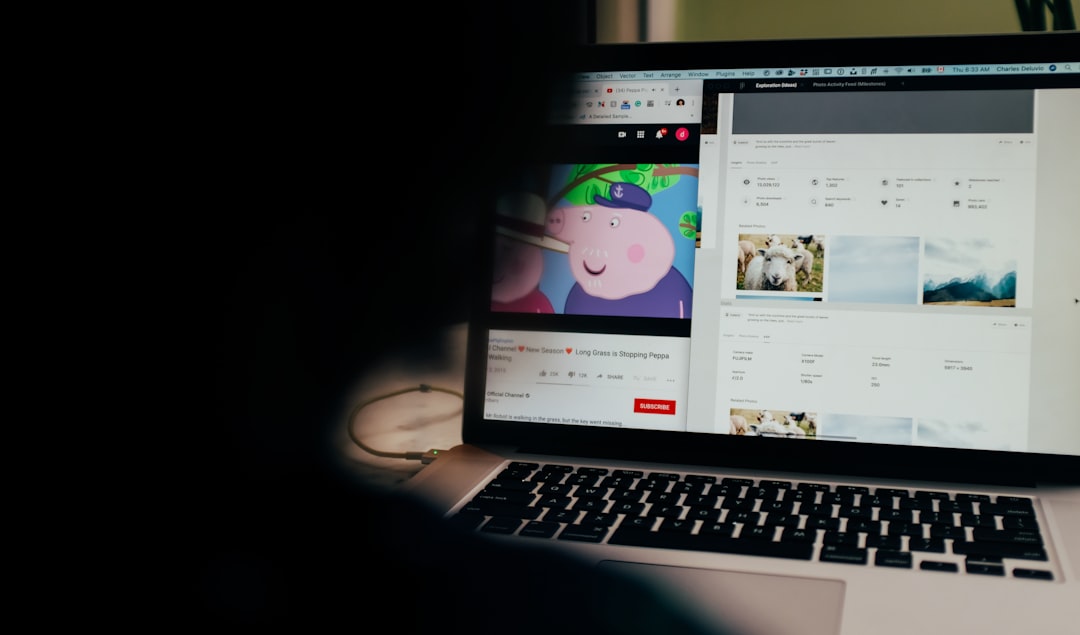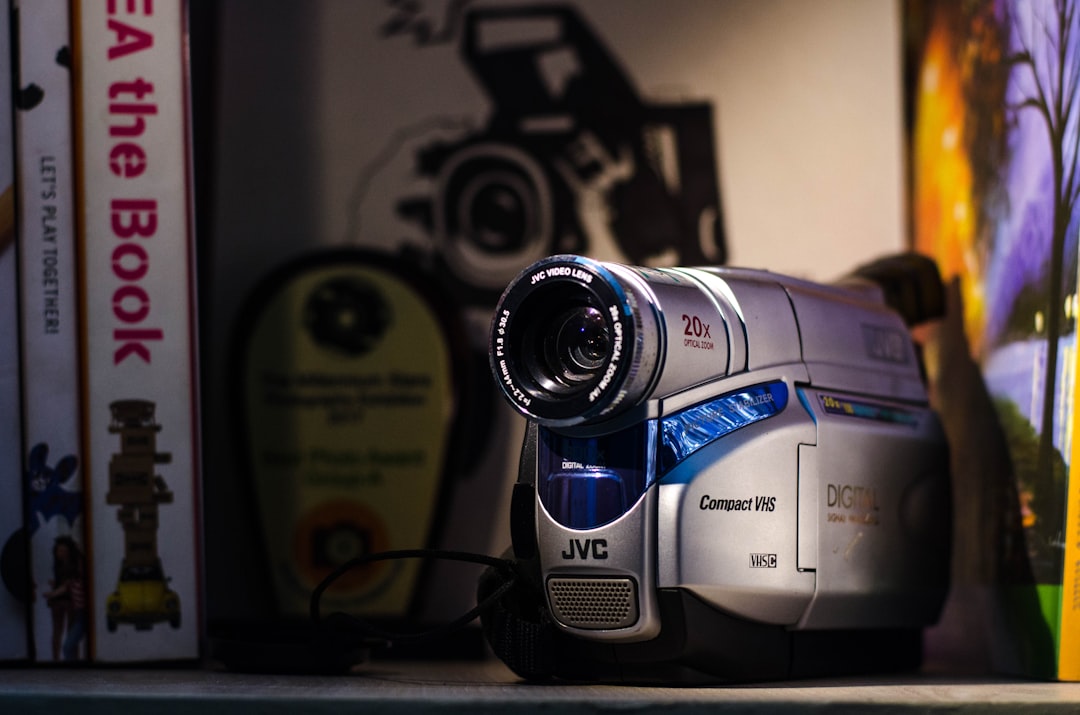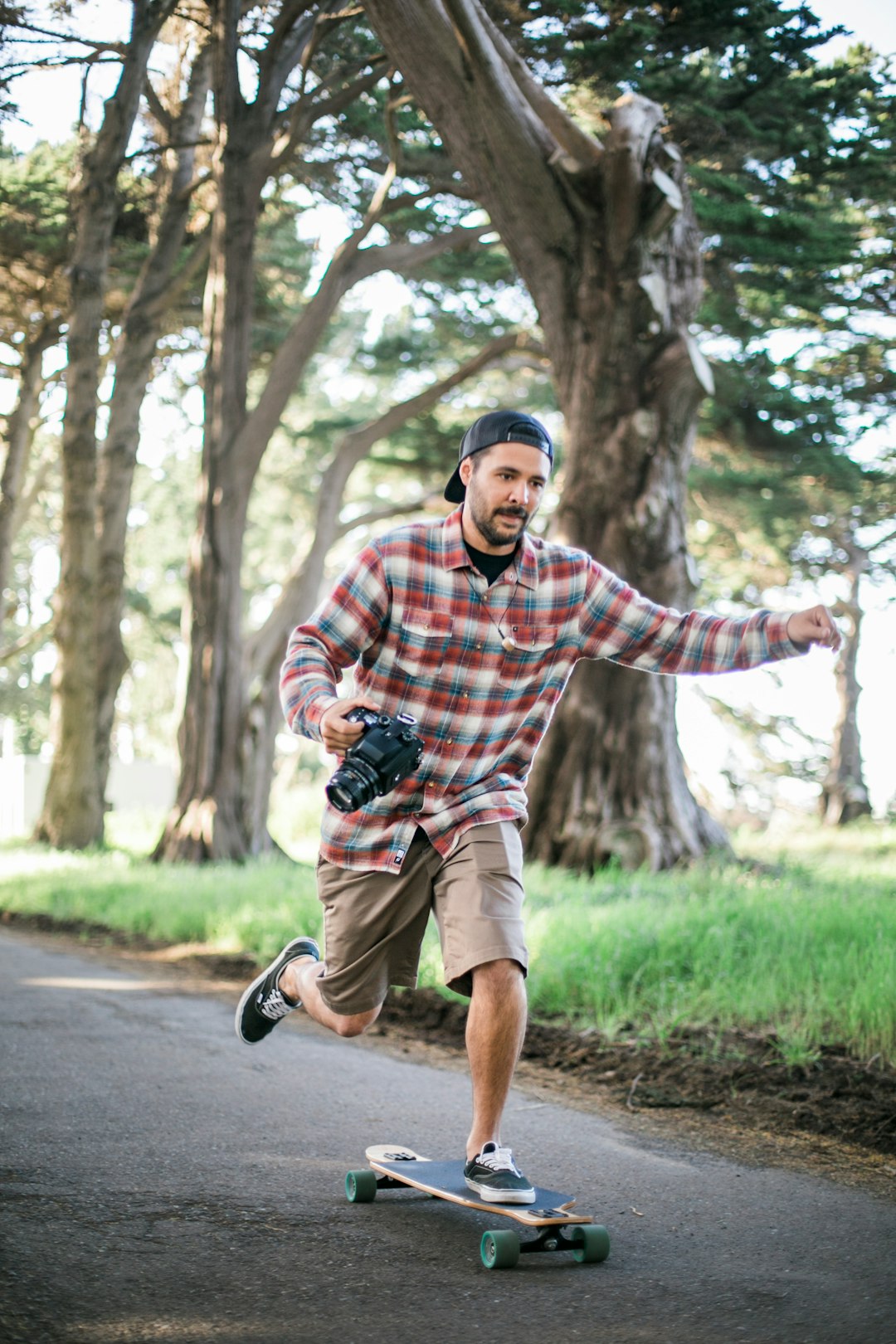Vid Automated – Create Videos with Automation and Picture
Are you tired of spending hours creating videos for your business? Look no further than Vid Automated! With our automation tool, powered by the Pictory.AI video creator platform, you can create professional-looking videos in a fraction of the time it takes to do it manually. Simply upload your video scripts in a zip folder, and let Vid Automated do the rest. You’ll be amazed at how quickly and easily you can create engaging video content that will help your business stand out from the competition. Save time and boost your video marketing efforts with Vid Automated today!
Table of Contents
- Introduction
- Leveraging Video SEO for Organic Traffic Boost
- Optimizing Embedding of YouTube Videos
- Decoding YouTube’s Search and Recommendation Algorithm
- Enhancing Video Content for Maximum Engagement
- Mastering Keyword Analysis for YouTube SEO
- Crafting a Strategic Video Upload Schedule
- Improving Viewer Retention and Click Rate
- Maximizing Website Visibility through Embedded Videos
- Conclusion
- Frequently Asked Questions
Introduction
Are you looking to drive more traffic to your website and increase your organic views? Look no further than video embedding! By incorporating videos into your website, you can captivate your audience and keep them engaged for longer periods of time. Not only does video content tend to perform better in search engine results, but it also encourages visitors to explore your site further, ultimately boosting your overall traffic.
Leveraging Video SEO for Organic Traffic Boost
Video embedding is a powerful tool for increasing organic traffic to your website. Leveraging Video SEO can boost your site’s visibility and engagement, ultimately driving more visitors and potential customers. By incorporating relevant videos within your content, you not only enhance user experience but also improve your chances of appearing in search engine results.
When embedding videos, it’s essential to optimize them for search engines by using descriptive titles, tags, and meta descriptions. This allows search engines to better understand the content of your videos and index them appropriately. Additionally, hosting videos on platforms like YouTube can further increase your reach as these platforms have high domain authority and are favored by search engines.
Furthermore, implementing video transcripts, schema markup, and ensuring fast loading times can also contribute to improved organic traffic. Overall, integrating video content strategically with SEO tactics can significantly enhance your website’s visibility and attract more organic traffic.
Optimizing Embedding of YouTube Videos
Embedding YouTube videos on your website can be a powerful tool for increasing organic traffic and engaging visitors. To optimize the embedding of YouTube videos, it is important to consider several factors.
Firstly, choose relevant videos that align with your content and target audience. This will not only attract viewers but also keep them on your site longer, which can improve your site’s SEO ranking.
Secondly, customize the video player to match your website’s design and branding. This will create a seamless user experience and enhance the overall look of your site.
Additionally, include a descriptive title, tags, and a detailed video description to improve searchability. Utilize keywords related to your content to help search engines understand the context of the video.
Lastly, encourage viewers to engage with the video by liking, sharing, and commenting. This interaction can increase the video’s visibility and drive more traffic to your website.
Decoding YouTube’s Search and Recommendation Algorithm
Decoding YouTube’s Search and Recommendation Algorithm
YouTube’s search and recommendation algorithm plays a crucial role in determining the visibility and success of videos on the platform. Understanding how this algorithm works can help content creators optimize their videos for better reach and engagement.
YouTube’s search algorithm focuses on matching the user’s search query with relevant video content. Factors such as video title, description, tags, and viewer engagement metrics are taken into account to rank videos in search results.
On the other hand, YouTube’s recommendation algorithm suggests videos to users based on their viewing history and preferences. This algorithm analyzes user behavior, such as watch time, likes, shares, and comments, to recommend personalized content.
By decoding YouTube’s search and recommendation algorithm, content creators can tailor their video content and metadata to improve visibility, attract more organic traffic, and grow their audience on the platform.
Enhancing Video Content for Maximum Engagement
Enhancing Video Content for Maximum Engagement:
1. Create High-Quality Videos: Ensure your videos are well-produced with good lighting, audio, and clear visuals. Quality content is more likely to engage and retain viewers.
2. Optimize Video Title and Description: Use relevant keywords in your title and description to improve SEO. This will help your video rank higher in search results.
3. Add Call-to-Actions: Encourage viewers to take action after watching your video, such as subscribing to your channel, visiting your website, or sharing the video.
4. Engage with Your Audience: Respond to comments and interact with viewers to build a community around your video content.
5. Utilize Video Embedding: Embedding videos on your website or blog can increase organic traffic and improve user engagement. Make sure the embedded video is relevant to the content on the page.
Mastering Keyword Analysis for YouTube SEO
Mastering keyword analysis for YouTube SEO is crucial for increasing organic traffic to your videos. Keywords are the terms and phrases that people use to search for content online, and they play a significant role in how your videos are discovered on YouTube. To effectively utilize keywords, start by researching popular and relevant keywords in your niche using tools like Google Keyword Planner, SEMrush, or Ahrefs. Identify long-tail keywords that have a moderate search volume but lower competition to target a specific audience.
Once you have identified the right keywords, strategically incorporate them into your video titles, descriptions, tags, and even the video content itself. Use the keywords naturally and avoid keyword stuffing, as YouTube’s algorithm can penalize such practices. Regularly monitor the performance of your keywords and make adjustments based on the analytics data to optimize your YouTube SEO strategy and attract more viewers to your videos.
Crafting a Strategic Video Upload Schedule
Crafting a strategic video upload schedule is essential for maximizing organic traffic to your website. Consistency is key when it comes to uploading videos, as it helps build your audience’s expectations and keeps them engaged. One approach is to create a content calendar that outlines when and what type of videos you will upload. This allows you to plan ahead, maintain a regular posting schedule, and ensure a variety of content to appeal to different audiences.
Additionally, consider the timing of your video uploads. Research the peak times when your target audience is most active online and schedule your uploads during those periods. This increases the chances of your videos being seen and shared. Experiment with different days and times to determine what works best for your audience.
Remember to track the performance of your videos using analytics. Analyzing the data can help you optimize your upload schedule based on when your audience is most responsive. By consistently uploading high-quality, engaging videos at strategic times, you can increase organic traffic and grow your online presence.
Improving Viewer Retention and Click Rate
Improving viewer retention and click rate is crucial for increasing organic traffic with video embedding. One key strategy is to create engaging content that captures the audience’s attention from the start. The first few seconds of a video are critical, so it’s important to hook viewers with compelling visuals or a strong message to keep them watching.
Another way to enhance viewer retention is to keep your videos concise and focused. Avoid unnecessary fluff and get straight to the point to maintain viewer interest. Using interactive elements such as clickable links or calls-to-action can also help boost click rates and keep viewers engaged with your content.
Furthermore, optimizing video thumbnails and titles with relevant keywords can improve visibility and attract more viewers. Additionally, promoting your videos across different platforms and embedding them in relevant blog posts or websites can help reach a wider audience and drive organic traffic to your site.
Maximizing Website Visibility through Embedded Videos
Embedded videos can play a crucial role in maximizing website visibility and driving organic traffic. By incorporating videos on your website, you can engage visitors more effectively and provide them with valuable and engaging content. Search engines like Google also favor websites with multimedia content, which can help improve your search engine rankings.
When embedding videos on your website, it’s essential to optimize them for SEO. This includes using relevant keywords in the video title, description, and tags. Additionally, creating a video sitemap can help search engines index your videos properly, making them more likely to appear in search results.
Furthermore, embedded videos can increase the time users spend on your website, which is a key factor in search engine algorithms. The longer visitors stay on your site, the more likely it is that search engines will view it as providing valuable content, leading to higher rankings.
Conclusion
Are you ready to skyrocket your YouTube video visibility and organic traffic? Take your online presence to the next level with YTRankBoost! This powerful tool automates the embedding of your videos on hundreds of websites and web 2.0 properties, boosting your reach and engagement effortlessly. Don’t miss out on the opportunity to drive more traffic to your videos and increase your chances of success online. Purchase YTRankBoost now and watch your YouTube presence soar!










